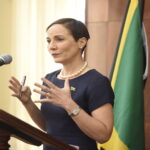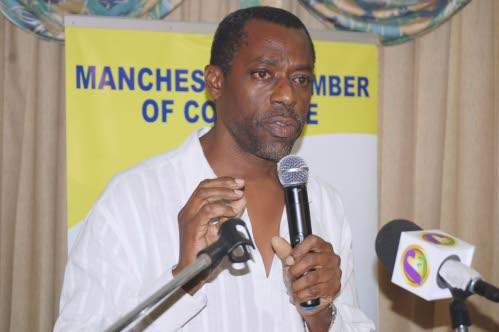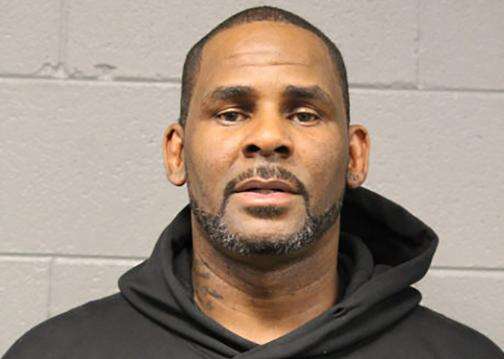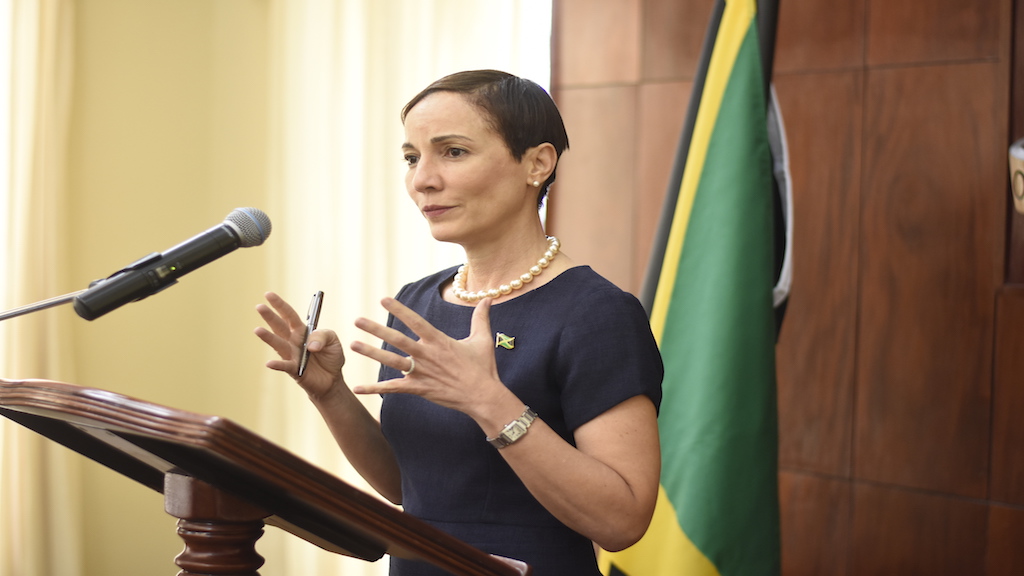Women aged 25 to 54 outnumber men in the same age group by over 28,000 in 2016, according to end-of-year data published by the Statistical Institute of Jamaica (STATIN).
The Organisation for Economic Co-operation and Development defines persons aged 25 to 54 as those in the prime of their working lives. From the STATIN data, more than 28,000 men considered to be in the “prime-age” group have seemingly vanished from everyday life. The number is potentially higher with incarcerated men not factored in the initial calculations.

Data requested by this writer from the Department of Correctional Services were not made available before publication.
According to sociologists, three factors are responsible for the imbalance between the sexes in any country — significant differences in the sex ratios at birth, dissimilarities between the mortality rates of the sexes, and sex-selective migration.
However, with males outnumbering females at birth at a ratio of 1,040 to 1,000 on average, a low male birth rate is not a factor in Jamaican men going missing in later life.
According to experts, the disappearance of Jamaican men in the prime-age group is predominantly due to premature deaths and emigration.
Ruiz Warren, sociologist and lecturer at Montego Bay Community College, said he definitely believes that men are endangered in Jamaica.
“We see more men dying, more men in prison, and more men becoming susceptible to crime, drug use, and being the victims of murder,” Warren said.
“So, in that sense, Jamaica has a serious problem because we are losing a significant segment of the population in terms of its contribution to the productive endeavours of the society,” he added.
Dr Denarto Dennis, economist and lecturer at The University of the West Indies, agrees with Warren. Dennis argued that the absence of men can have a perverse impact on the economy of the country.
“Jamaica has a very labour-intensive economy. Hence, any upward push on the cost of labour will have a dramatic impact on the cost of production. Men absorb a good proportion of those labour-intensive tasks but the supply of men is not there. Hence their absence has a direct bearing on the cost of production of the economy,” he said.
“Certain jobs that are traditionally associated with men — mostly technical, scientific, mechanistic and laborious jobs — would have a lower supply of labour. If women are not filling the void in those jobs — for instance, the job of a mechanic, a computer engineer or a mathematics teacher — then the lower supply of labour would drive up the price of those services,” Dennis argued.
“This will have direct implications for the cost of living and add inflationary pressure on the cost of production. All of these will have a negative impact on the growth potential of the economy,” he stated.
The premature deaths of men in Jamaica, according to the experts and the data obtained from the Registrar General’s Department, are mainly attributed to assault, transportation accidents, and preventable lifestyle diseases.
In 2015, a murder rate of 44 per 100,000 residents ranked Jamaica among the top-five highest (per capita) national homicide rates in the world, according to the 2016 Crime and Safety Report done by the US State Department.
With the bloodletting throughout Jamaica seemingly unchecked, a year later in 2016, virtually 50 individuals per 100,000 residents were murdered, a 12 per cent increase, according to homicide data provided by the Statistics and Information Management Unit of the Jamaica Constabulary Force.
According to Dr Herbert Gayle, social anthropologist and lecturer at the UWI, the benchmark murder rate for a country encapsulated by civil war is 30 murders per 100,000 residents. Jamaica is beyond that figure and parishes such as St James, Westmoreland, and Hanover lay siege to homicide rates up to 4.5 times this benchmark.
In 2016, the public bemoaned the brutality against women, as several were murdered because of domestic violence disputes. Nevertheless, from the 2016 homicide data, surprisingly, more men were killed during domestic disputes than women. In addition, males overall and those in the prime-age group of 25 to 54 were over nine times more likely than females to be the victims of murder in Jamaica. That is, over 90 per cent of murder victims were males and over 90 per cent of victims between the ages of 25 and 54 were males.
A similar trend is seen in the fatalities on the road among sexes. From data obtained through the National Road Safety Council (NRSC) and the Ministry of Transport, men accounted for 83 per cent of all road fatalities in 2016. Likewise, in the prime-age group 85 per cent of those victims were men.
Dr Lucien Jones, vice-chairman of the NRSC, indicated that, compared to previous years, among the vulnerable road user groups (pedestrians, motorcyclists and pedal cyclists) pedestrians once accounted for the most fatalities. However, in recent times, motorcyclists have leapfrogged pedestrians.
“Well, the number one problem now is the motorcyclists who are dying,” he lamented, “and almost all the motorcyclists are males.
“Most of those who are dying are in the western part of the country — Westmoreland, St Elizabeth, Hanover, and St James.”
According to data obtained from the RGD, some of the leading causes of death among Jamaican men aged 25 to 54, outside of homicidal assault and transport accidents, include prostate cancer, diabetes, hypertension, HIV, and cardiovascular diseases.
Dr Paul Wright, renowned medical doctor and sports medicine expert, also bemoaned the disproportionate number of deaths among males and pointed to several of the ailments and lifestyle diseases mentioned above. He also added that several cultural habits and some of the side effects of certain treatments make some men apprehensive to seek care.
“Jamaican men are macho. They don’t want to obey or listen and they believe whatever is wrong with them, they can just tough it out and it will go away,” Dr Wright said.
“So when you have men with these lifestyle diseases that are reluctant [to see the doctor or receive treatment], doctors have to work [with] the wives and the girlfriends because it is in their interests to keep their men alive,” he added.
When Dr Wright was told of the 28,000 disparity in the number of males and females aged 25 to 54 he declared promptly, “I would not be surprised at the number.
“A large number is due to emigration. It is hard to make a living unless you hustle. You cannot live off your salary in Jamaica — it is a fact of life. You cannot ask for an increase because of the IMF (International Monetary Fund) restrictions. So that is why most men either [migrate] or they [express] themselves through drinking, speeding, or other risky activities,” Dr Wright argued.
In surmising the state of men in Jamaica, Warren declared: “I think we have a serious problem if we don’t save our men. Not only are we losing them in terms of their contribution, but they become destructive. They are the ones who carry the guns, they are the ones who engage in violence, they are the ones who drive fast and get in accidents, they are the ones who drink alcohol and live a high-risk lifestyle and create problems.”
These, the experts agreed, are problems which cause social ills in communities and impact the growth of the Jamaican economy.










